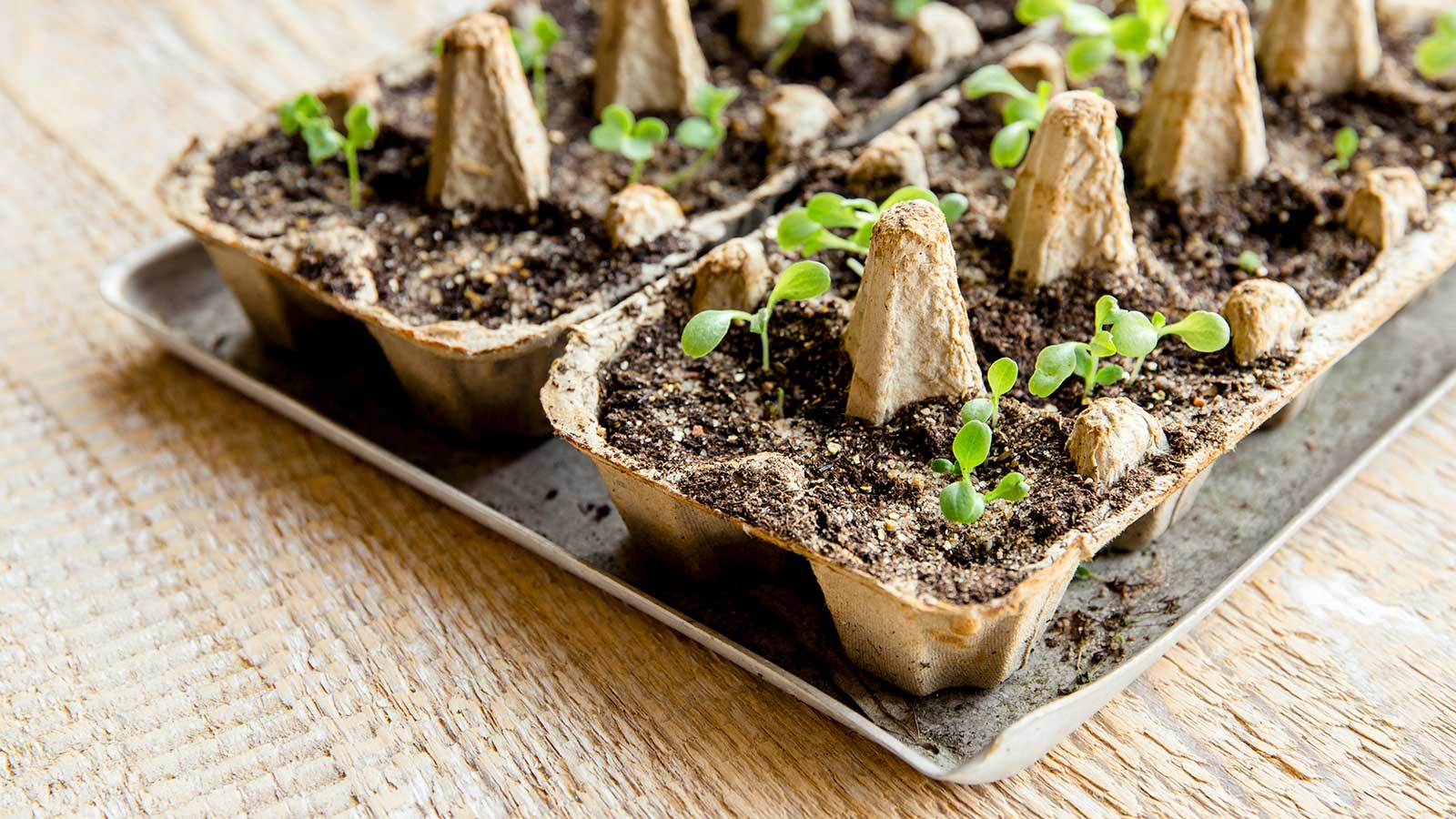Achieving a level lawn doesn’t have to be difficult, and if you are looking to achieve a smooth and lush yard for summer, you should follow these five simple steps, an expert has explained. Begin by preparing the area, which involves mowing the lawn short to about 3cm. This makes it easier to apply topdressing and will allow you to get better visibility of any low spots, Michael, known as @themediterraneangardener on TikTok , said.
Next you will want to mix the materials - combining topsoil, sand, and compost in a 2:2:1 ratio. This will provide bulk, drainage, and nutrients “to help the grass flourish”, Michael explained. He told his 280,000 followers that this mixture should now be spread over the lawn.

When asked if gardeners could just use sand, Michael replied: “You can, but it can lead to poor drainage, soil compaction, and nutrient deficiencies, ultimately harming the grass's health.” It is important to level the mixture, and you can use the back of a rake or a lawn-levelling rake to spread the mix evenly. Tread it in and repeat where necessary.
After this you will want to water the area gently “to help the mix settle and encourage grass growth”, the gardener said. Now you’re ready to reseed your lawn. Throughout the spring it is best to keep your grass height the same and avoid mowing it too short.
Otherwise, this can make your lawn “more susceptible to drought and weeds, and moss can take hold”. Another vital garden task you're going to want to do this spring is lawn scarification. This will “get rid of all the nasty stuff like moss, thatch, and dead grass that builds up over time”, gardener Jonny, or @gardenwithjonny on social media, said .
The reason we need to clear our lawn of these materials is because they stop water, air, and nutrients from getting down into the roots. This can be done with a regular garden rake, a designated hand scarfier, or a machine scarifier. Growing season is the best time to scarify your lawn, but you should avoid scarifying during the summer or winter as you will “stress your lawn out too much”, Jonny said.
After this, you can aerate your lawn, but avoid doing this during hot or dry periods, or when it is excessively wet outside..
Environment

Lawns won't be uneven or bumpy if you sprinkle over 3 things to 'help grass flourish'

Achieving a level lawn to enjoy over the summer months doesn't have to be difficult - thanks to a gardening expert who has revealed his simple 5-step process.














